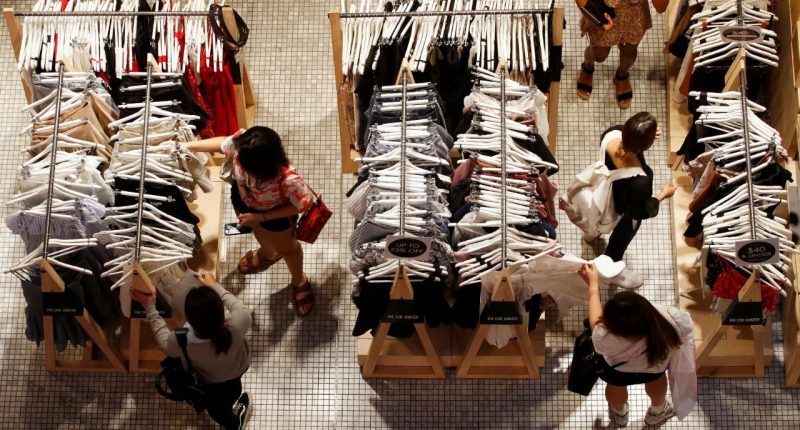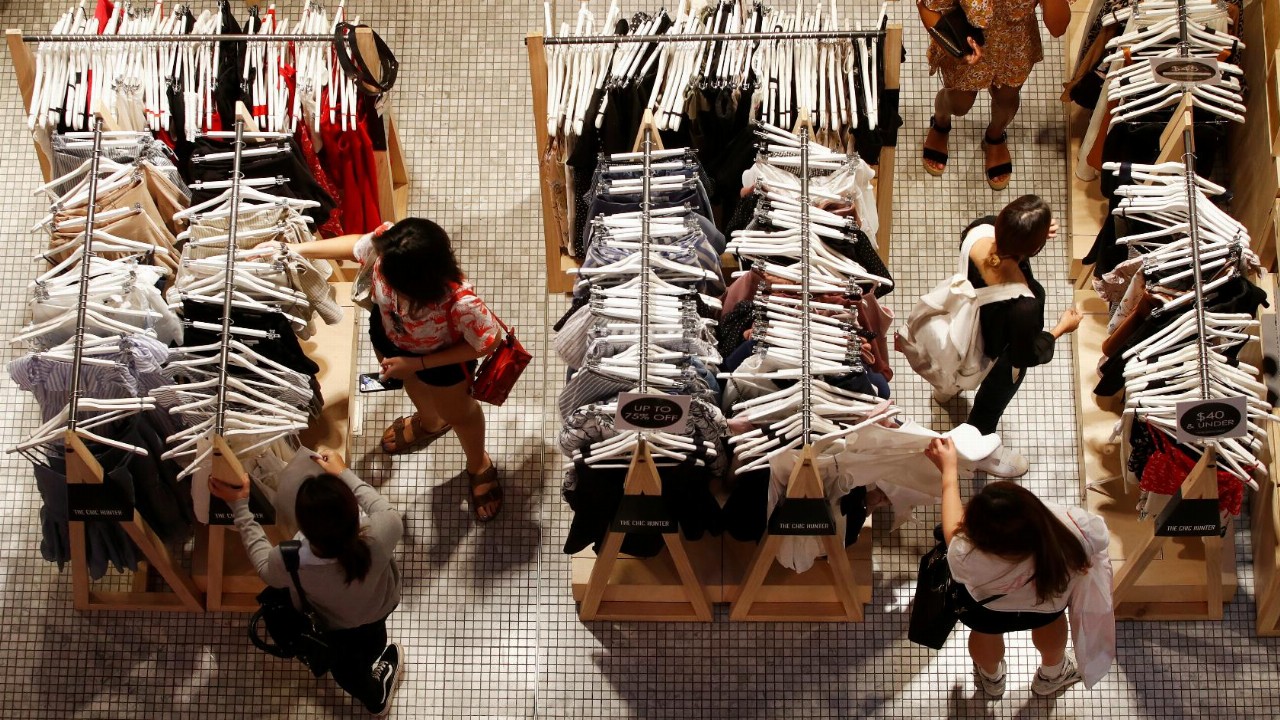The Australian Bureau of Statistics has released an update to its latest retail trade volumes data for the country, revealing sales are in decline for a third straight quarter.
The news comes as the RBA decided to hold interest rates at its latest monetary policy meeting this week, but where business lending remains suppressed, unemployment is low, and household savings ratios continue to dwindle.
“It’s hard to argue that consumer is not feeling the strain of higher rates with three-quarters of lower retail trade,” City Index Senior Market Analyst Matt Simpson said.
“It certainly plays into the hands of the crowd calling for a peak RBA rate at 4.1 per cent, following the RBA’s latest hold.”
Notably, while the decline in retail consumption is evident, retail prices are still on the way up, by 0.9 per cent, suggesting inflationary pressures continue to remain the quo. Retail prices have risen for the last seven quarters.
The trend in retail sales declines can be seen across the ditch in New Zealand where retail stocks were the worst performers on the NZX in July – similar to Australia.
Macquarie analysts noted this week discretionary stocks in Australia are down 1.1 per cent over the last quarter.
Not this bad in 15 years
Retail volumes fell 0.5 per cent in the June quarter; a 0.8 per cent drop in the March 2023 quarter, and a drop of 0.4 per cent in the December quarter of 2022.
The data suggests spending has picked up in the last quarter but not enough to buck the trend – likely something the RBA board will take as evidence of its disinflationary strategy working.
In August, the Board noted that consumption growth was slowing down, meaning today’s data doesn’t come as a surprise, and supports the thesis of an ongoing disinflationary trajectory.
Year on year, retail is down 1.4 per cent – and the three-quarter streak stands out as a historical footnote.
“It’s the first time since 2008 that retail sales volumes have recorded three consecutive quarterly falls,” ABS Head of Retail Statistics Ben Dorber said.
“Outside of the pandemic period, this is the first time since 1991 that sales volumes have fallen compared to the previous year.”
Making dinner at home
Notably, people are eating out less.
Cafes, restaurants and takeaway food services together clocked a flattish decline of 0.1 per cent for the first time since COVID-19 lockdowns were introduced in late 2021 as the Delta strain took hold.
Mr Dorber noted the data in this regard aligns with feedback from an industry where business owners have seen customer spending behaviour shifts towards cheaper brands, and on the whole, just buying less altogether.
Conversely, clothing footwear and personal accessory retailing rose 1.1 per cent, boosted by heightened sales events and “additional promotional activity”.
State by state, the decline was led by the eastern seaboard. In the NT, WA, and SA, retail sales volumes actually increased. The NT won the upward race at a rise of 1 per cent; WA at 0.7, and SA at 0.2.








